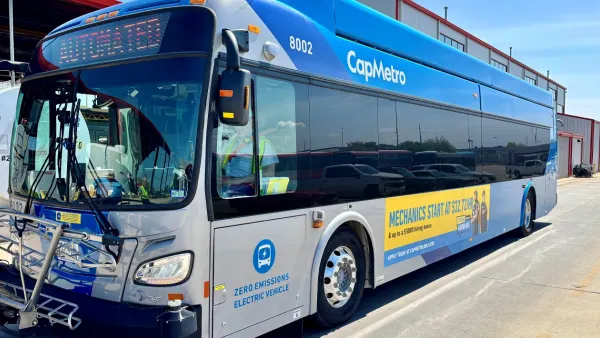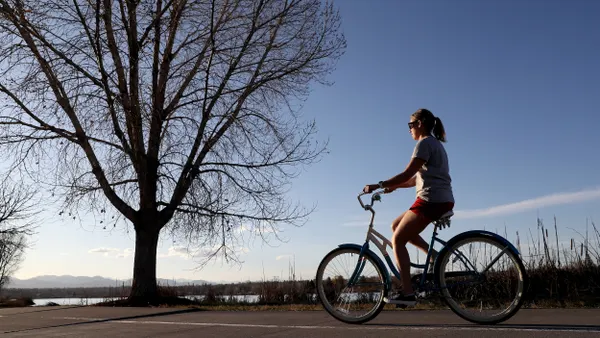Dive Brief:
- A plan to change development rules and allow more houses, retail and office space near transit stations is advancing in Los Angeles.
- Los Angeles City Council's Planning and Land Use Management Committee approved a plan on Tuesday called the Expo Corridor Transit Neighborhood Plan, allowing denser development near five transit stations, with a view to helping reduce housing costs and traffic congestion.
- The full city council is set to vote on the legislation next month, which would deregulate development between the Culver City and Bundy Metro stations.
Dive Insight:
This plan comes just months after the California State Senate rejected a contentious housing bill that would have allowed developers to build five-story buildings within a half mile of public rail stops, effectively overruling existing municipal zoning restrictions. It had brought opposition from cities including San Francisco and Los Angeles, which said it could disproportionately affect low-income and underserved portions of the community, even after the bill's sponsor had offered amendments.
In an editorial calling for Los Angeles to "put up or shut up" on building more densely around transit stations, the Los Angeles Times estimated this plan could add 14,300 jobs and 6,000 new apartments and condos along the corridor. It would also make the area denser with homes and offices and therefore more walkable, meaning fewer people would need to drive. It would also rezone a neighborhood of single-family homes, which the Times praised, saying that such neighborhoods cannot be "sacrosanct" as the city looks to create more affordable and transit-oriented development.
Los Angeles' struggles with traffic congestion are well-documented, and it has contributed to staggering levels of pollution that city leaders now must wrestle with. But based on recent moves, it looks like the city and Mayor Eric Garcetti are making moves in the right direction. The city recently endorsed a plan to make it a "national transportation leader," while Metro leaders promised to continue innovation to solve congestion and deliver a "world-class transportation network." And private companies are pitching ideas like a gondola in the city.
This plan could make areas of the city more walkable and encourage more transportation use, which will be key in a city choked by traffic. City leaders must be wary of not damaging the low-income and underserved communities that they had been concerned about with the state bill this year, but with new solutions needed as the area grows, this could be a good start and encourage similar action on other transit corridors.











